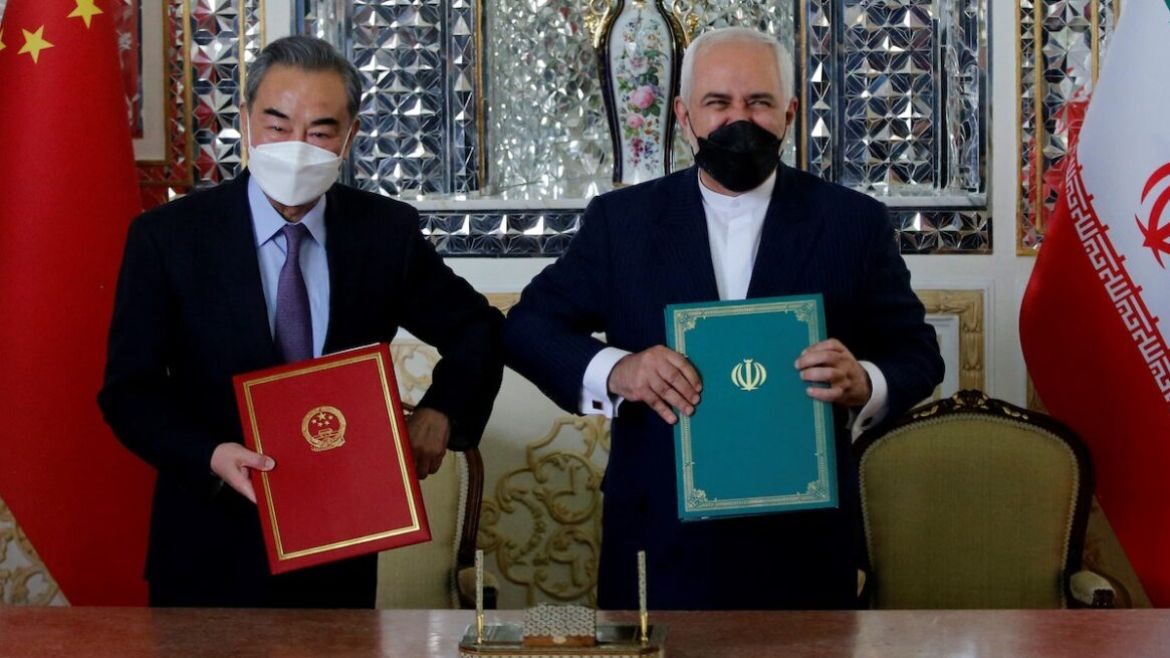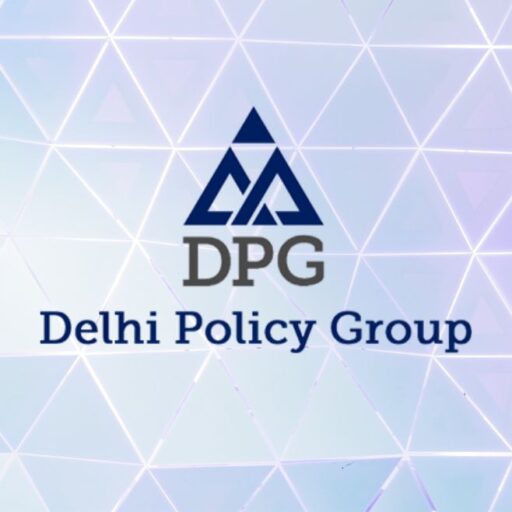The recent 25-year strategic agreement between China and Iran seeks to deepen economic and military cooperation. The deal is bilateral in its content, but it will have broader implications. The most obvious ramification is that the agreement counters US attempts to curtail Iran’s international economic interactions.
In the immediate neighborhood, there is a perception that the deal will pave the way for the westward expansion of the China-Pakistan Economic Corridor (CPEC) to include Iran and Turkey.
Regional geopolitical ambitions also guide these connectivity/economic approaches. Iran’s ambassador to Pakistan, Mohammad Ali Hosseini, recently stated that “countries like Iran, Pakistan, Turkey, Russia and China have the potential to form a new alliance for the better future of the region.”
Frameworks involving Iran, Turkey and other countries in the region have historical precedence. In fact, in 1934, the Saadabad Pact was agreed among Turkey, Iraq, Iran and Afghanistan to counteract a possible Soviet penetration into the Middle East. Through the 1955 Baghdad Pact, Pakistan, Iran, Iraq, Turkey and Britain sought to promote their mutual interests in the region; subsequently, it evolved into the Central Treaty Organization (CENTO).
From its inception, the Baghdad framework was riddled with contradictions owing to domestic politics and varied regional visions. The spirit of the Baghdad Pact dissipated after Iraq withdrew from the framework a year after the 1958 revolution.
Second, as a declassified US document of 1958 notes, while Iran was keen on building a non-Arab alliance, Pakistan approached such frameworks as an instrument to promote its interests vis-à-vis India. Pakistan often lobbied CENTO member countries to scale down their engagements with India.
In 1963, Pakistani president Ayub Khan expressed his displeasure to CENTO delegates over Britain’s policy of supplying weapons to India. However, much to Pakistan’s chagrin, the India-UK bilateral partnership continued apace with a strong defense component.
Given their diverse geopolitical interests, Iran, Pakistan and Turkey sought to find common ground in the economic sphere by establishing the Regional Cooperation for Development in 1964. However, the three countries did not have enough resources of their own and depended on technical assistance from the US and the UK.
The Iranian Revolution in 1979 ensured the demise of CENTO.
It appears that ideas rarely have a quick death. The proposal that Iran, Pakistan and Turkey should band together to address regional security challenges is once again gaining traction. However, there are inherent limitations for such a framework to consolidate and evolve into a formidable framework.
Unlike during the Cold War, today there is no clearly defined ideological contest or an ideological glue pushing countries to collaborate across vast geopolitical spaces. Further, there is no major power with an irredentist vision toward the region.
The prospect of Russian territorial expansion into the Middle East is minimal to nonexistent. After the US withdrawal from Afghanistan, the US military presence in the region will decline significantly. So, more than threat perception, the calls for strengthening the Ankara-Tehran-Islamabad framework seems to be driven by their respective regional ambitions.
From Iran’s perspective, a relationship with Turkey and Pakistan could be an important bulwark against the oil-rich Arab states. Under President Recep Tayyip Erdogan, Turkey is currently involved in the Syrian civil war, Iraq, Libya and the South Caucasus and has been contesting Greece’s exclusive economic zones. This ambitious regional posture suggests that Erdogan wants to emerge as the leader of the Islamic world.
For Ankara and Tehran, containing the influence of Arab states in the Middle East is an important objective. Simultaneously, there is an undercurrent of geopolitical competition between Iran and Turkey as both seek enhanced presence in the Middle East.
On the other hand, Turkey-Pakistan relations are proceeding along three dimensions.
First, Erdogan has declared that military, economic and diplomatic cooperation with Pakistan is not a choice but an “obligation.” Pakistan and Turkey are working to scale up defense cooperation in long-range missiles (Siper) and fighter jets (TF-X fighter and JF-17). The two countries recently conducted Ataturk XI-2021 military exercises.
Second, there are concerns about possible nuclear cooperation between Turkey and Pakistan. A New York Times report noted that Turkey has “mysterious ties to the nuclear world’s most famous black marketeer, Abdul Qadeer Khan of Pakistan.” If Iran or Turkey moves closer to acquiring nuclear weapons, it will have a domino effect in the region, with others quickly moving toward similar acquisitions.
Third, there have been reports that Ankara and Islamabad are coordinating in the realm of propaganda/information warfare on a host of regional issues. While there has been congruence in the security agenda between Turkey and Pakistan, economic cooperation has been less than satisfactory.
Turkey, Iran and Pakistan formed the Economic Cooperation Organization (ECO) in 1985, which later expanded to include some of the Central Asian republics. Despite such arrangements, economic interactions are yet to register significant improvement.
In 2019, the European Union, Russia, China and the US were Turkey’s top trading partners. Iran accounted for only 1.6% of Turkey’s total global trade and Pakistan even less. During the same year, Pakistan’s top trading partners were China, the EU, the United Arab Emirates, the US and Saudi Arabia. Iran and Turkey did not figure among Pakistan’s top 10 trade partners.
For Iran, the top trading partners were China, India, Turkey, the UAE and the EU. Given Iran’s troubled relationship with the West, its trade with Turkey accounted for 9.7% of the total.
Instead of strengthening relations with the EU countries (approximately US$15 trillion GDP in 2019), Turkey is looking east toward Iran ($453 billion GDP in 2018) and Pakistan ($278 billion in 2019). Pakistan is right next to India, which is a $2.8 trillion economy. And yet Islamabad is reluctant to engage with India in the economic realm.
Turkey, Iran, Pakistan – Trade Statistics
Source: European Commission
Historically, Iran has been a conveyor belt, facilitating the movement of ideas and trade between the East and West. Despite the many challenges it encounters, Tehran will have to reflect on whether to celebrate diversified partnerships.
The regional aspiration of the three countries is taking them away from proximate economic opportunities. It is this dichotomy between regional aspirations and economic requirements that could be a source of instability in the region.








